|
Advertisement
|
Marine Global Response
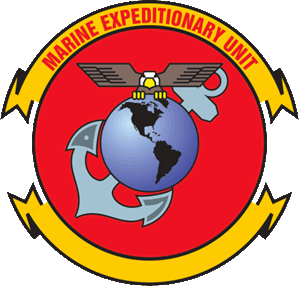
DescriptionMarine Global Response (MGR) is a fast-paced game that challenges players with the operations, orders, and opposition faced in twelve different 21st-century theatres. The game is played solitaire, with a typical campaign requiring 45 minutes to two hours to play. A few of the largest campaigns could stretch to four hours or so. The game engine has simple systems for geography, human terrain, and operational personality unique to each campaign (theatre) represented. The player takes the role of the colonel in charge of a Marine Expeditionary Unit (MEU), a reinforced brigade capable of independent operation. The player selects a Campaign from the Campaign pool. This pool is composed of twelve cards each detailing a hot spot selected for its interesting nature and probability of US ground force involvement in the foreseeable future. The hot spots include Venezuela, Liberia, Mexico, South Korea, Egypt, and Gaza. An expeditionary unit’s force composition is variable. After selecting a Campaign card, the player then selects appropriate forces and takes the unit counters for those forces for use during the game. The player takes markers for opposition forces (OpFor) and geography relevant to the Campaign, and sets those into pools for use, as well. Player forces are predominantly ground units, with some air units for supply, transport, and fire support. Naval forces are not represented, though some of the ground forces have amphibious capability. Play takes place on the OpsDisplay (map) which uses boxes, tables, and other features to manage the information, systems, and battle spaces portrayed in the game. Each unit typically represents a platoon (about 40 marines) or a handful (2 to 4) helicopters or fixed-wing aircraft. Units begin in the Bravo Base box on the OpsDisplay. As the player is assigned Operations, he or she deploys forces from Bravo Base to tracks containing said Operations to meet their respective conditions. The game is played in a series of turns that represents days or weeks. Each turn introduces an Operation to which the player assigns forces. These forces carry out Missions with the objective of completing the Operation. Each Operation completed yields a measure of success towards the objectives of the Campaign. The Campaign concludes when a set number of Operations is complete. Victory is determined by how effectively the player met the challenges of each Operation. Each Operation is resolved by maneuvering units on a track of six boxes. The player carries out Missions for only one Operation on a single track at a time. Each track is composed of six boxes, called Grids. A Grid represents a small area, perhaps a few hundred square kilometers typified by a single, prevailing terrain or community. As an Operation’s milestones are met, the player’s forces move farther down that Operation’s track. The player may carry out as many as six Operations at a time. At that pace, the player’s forces will be stretched very thin. Continuous operations will exhaust units, as will enemy action. Units can recover at Bravo Base either at the conclusion of an Operation or by pulling out of the Operation prior to completion. Bravo Base is more than an area for staging and R&R. The player may also have units conduct Rehearsals to improve their respective effectiveness in one of the four capabilities. Unlike a typical wargame, combat is only one of four primary functions of each unit. Units are rated on the bases of Kinetics (combat), ISR (Intelligence, Surveillance, Reconnaissance), CIMIC (Civil-Military Cooperation), and Engineering. The nature of a unit determines its effectiveness in each of these four capabilities. Each unit’s effectiveness is portrayed numerically with a value of zero (no capability) to an upper-limit of five or so. A tank platoon might have capabilities of 5 0 0 0, while a Special Operations team might have values of 2 4 2 0. The tank platoon, with a Kinetics rating of 5, is peerless in a stand-up fight, but has no other capabilities. The Special Operations team can fight, but is much better at gathering Intel. In most of the Campaigns represented in the game, the role of the MEU is more than just combat. The MGR design focuses on the broader range of missions faced by Marine commanders, including distinguishing bad guys from good guys, establishing bases, gathering intelligence, and gaining the trust and support of the locals. Units that are not controlled by the player are collectively referred to as Opposition Forces (OpFor). The composition of OpFor is another aspect of MGR that departs from typical wargame design. OpFor units are composed predominantly of non-combatants. Shooting is easy. Separating legitimate targets from civilians is not. As the player’s forces enter a Grid, the player will typically exert significant effort to identify the human terrain of the Grid, assess the risk, and take necessary action to establish required security. Game DiscussionsAdd CommentYou need to be logged in to comment. Insert Bullet List Please enter at least one item. Item: Item: Item: Item: Item: Insert Numeric List Please enter at least one item. Item: Item: Item: Item: Item: Insert Link Please enter the link of the website Optionally you can add display text Insert Email Please enter the email address Optionally add any display text Insert Image Please enter the link of the image Insert YouTube Video Please enter the link of the video MarketplaceNo listings at the moment. Do you own this game? Click here to list it for sale.
Similar Games
|
Best Sellers
Board Games
|
||||||||||||||
Latest Searches: Monopoly the last airbender | Monopoly Chechen and Chong | travel yahtzee | valley of the kings after life | Frostgrave | Jewels in the attic | sentinels of | Pirate Cards | airborne in my pocket | vanderbilt monopoly | Transformers rescue bot hovercraft | San Pedro poly | Mcminnville monopoly | cards versus humanity | Power rangers samurai board games | Monster flush | Nerf Zombie Strike Blade Toy | decents | city+fo+iron | chile | team fortress | white house | epic card game | paw patrol monopoly | sorry sliders | My+homehonetown | Monopoly kingdom | montana opoly game | ants | Leonardo Da Vinci
All Rights Reserved

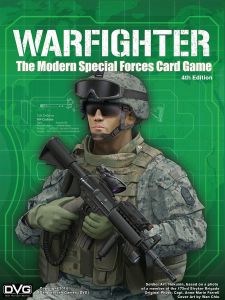
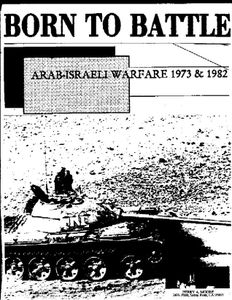
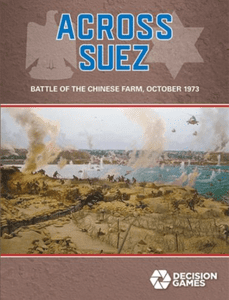
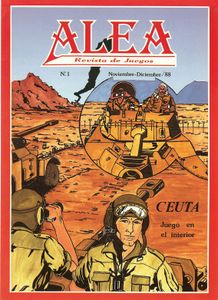
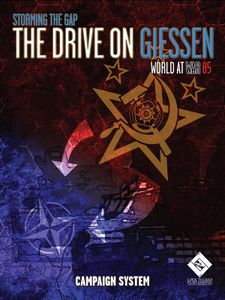

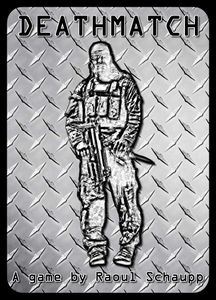
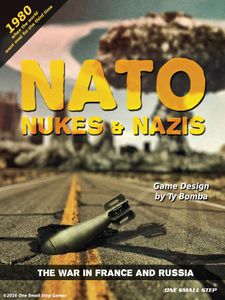

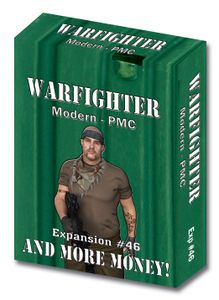
Comments (0)